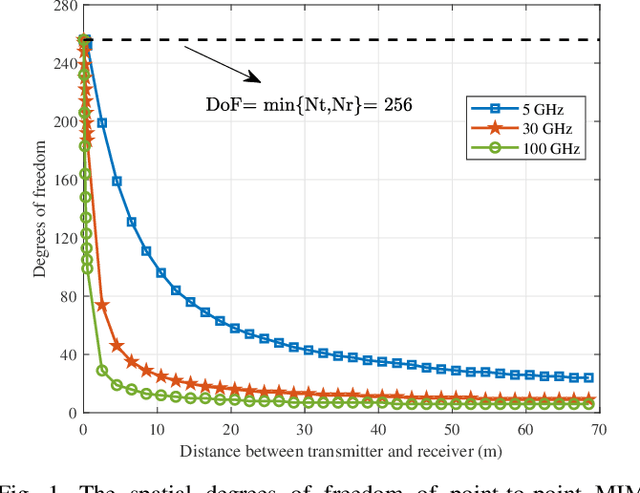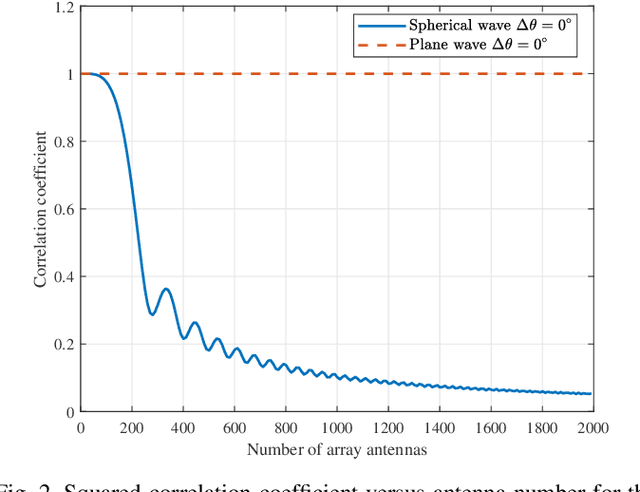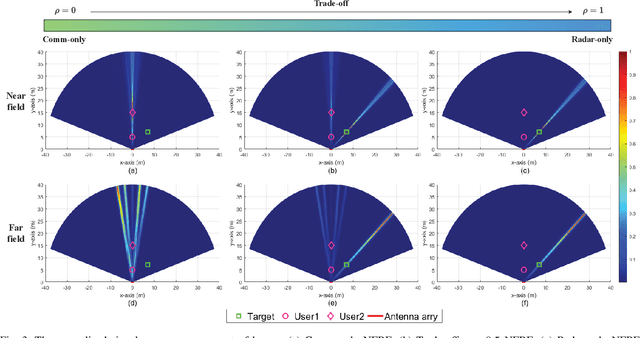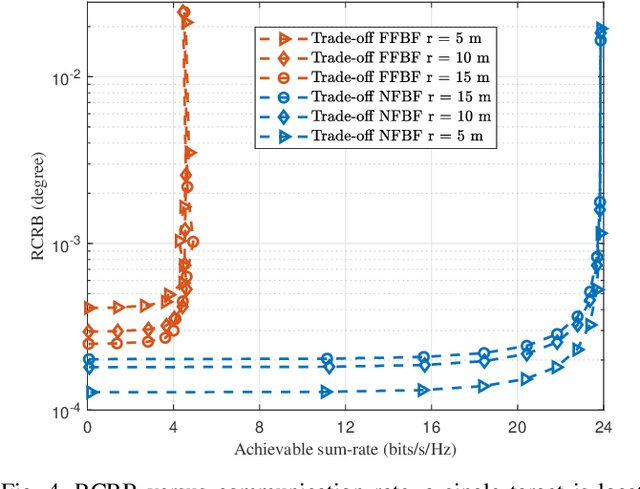Jia Ye
Semantic Importance-Aware Communications with Semantic Correction Using Large Language Models
May 25, 2024



Abstract:Semantic communications, a promising approach for agent-human and agent-agent interactions, typically operate at a feature level, lacking true semantic understanding. This paper explores understanding-level semantic communications (ULSC), transforming visual data into human-intelligible semantic content. We employ an image caption neural network (ICNN) to derive semantic representations from visual data, expressed as natural language descriptions. These are further refined using a pre-trained large language model (LLM) for importance quantification and semantic error correction. The subsequent semantic importance-aware communications (SIAC) aim to minimize semantic loss while respecting transmission delay constraints, exemplified through adaptive modulation and coding strategies. At the receiving end, LLM-based semantic error correction is utilized. If visual data recreation is desired, a pre-trained generative artificial intelligence (AI) model can regenerate it using the corrected descriptions. We assess semantic similarities between transmitted and recovered content, demonstrating ULSC's superior ability to convey semantic understanding compared to feature-level semantic communications (FLSC). ULSC's conversion of visual data to natural language facilitates various cognitive tasks, leveraging human knowledge bases. Additionally, this method enhances privacy, as neither original data nor features are directly transmitted.
Green Holographic MIMO Communications With A Few Transmit Radio Frequency Chains
Sep 22, 2023



Abstract:Holographic multiple-input multiple-output (MIMO) communications are widely recognized as a promising candidate for the next-generation air interface. With holographic MIMO surface, the number of the spatial degrees-of-freedom (DoFs) considerably increases and also significantly varies as the user moves. To fully employ the large and varying number of spatial DoFs, the number of equipped RF chains has to be larger than or equal to the largest number of spatial DoFs. However, this causes much waste as radio frequency (RF) chains (especially the transmit RF chains) are costly and power-hungry. To avoid the heavy burden, this paper investigates green holographic MIMO communications with a few transmit RF chains under an electromagnetic-based communication model. We not only look at the fundamental capacity limits but also propose an effective transmission, namely non-uniform holographic pattern modulation (NUHPM), to achieve the capacity limit in the high signal-to-noise (SNR) regime. The analytical result sheds light on the green evaluation of MIMO communications, which can be realized by increasing the size of the antenna aperture without increasing the number of transmit RF chains. Numerical results are provided to verify our analysis and to show the great performance gain by employing the additional spatial DoFs as modulation resources.
Privacy and Security in Ubiquitous Integrated Sensing and Communication: Threats, Challenges and Future Directions
Aug 05, 2023Abstract:Integrated sensing and communication (ISAC) technology is one of the featuring technologies of the next-generation communication systems. When sensing capability becomes ubiquitous, more information can be collected, which can facilitate many applications in intelligent transportation, unmanned aerial vehicle (UAV) surveillance and healthcare. However, it also faces many information privacy leakage and security issues. This article highlights the potential threats to privacy and security and the technical challenges to realizing private and secure ISAC. Three promising combating solutions including artificial intelligence (AI)-enabled schemes, friendly jamming and reconfigurable intelligent surface (RIS)-assisted design are provided to maintain user privacy and ensure information security. Case studies demonstrate their effectiveness.
Near-Field Integrated Sensing and Communications: Unlocking Potentials and Shaping the Future
Aug 05, 2023



Abstract:The sixth generation (6G) communication networks are featured by integrated sensing and communications (ISAC), revolutionizing base stations (BSs) and terminals. Additionally, in the unfolding 6G landscape, a pivotal physical layer technology, the Extremely Large-Scale Antenna Array (ELAA), assumes center stage. With its expansive coverage of the near-field region, ELAA's electromagnetic (EM) waves manifest captivating spherical wave properties. Embracing these distinctive features, communication and sensing capabilities scale unprecedented heights. Therefore, we systematically explore the prodigious potential of near-field ISAC technology. In particular, the fundamental principles of near-field are presented to unearth its benefits in both communication and sensing. Then, we delve into the technologies underpinning near-field communication and sensing, unraveling possibilities discussed in recent works. We then investigated the advantages of near-field ISAC through rigorous case simulations, showcasing the benefits of near-field ISAC and reinforcing its stature as a transformative paradigm. As we conclude, we confront the open frontiers and chart the future directions for near-field ISAC.
 Add to Chrome
Add to Chrome Add to Firefox
Add to Firefox Add to Edge
Add to Edge